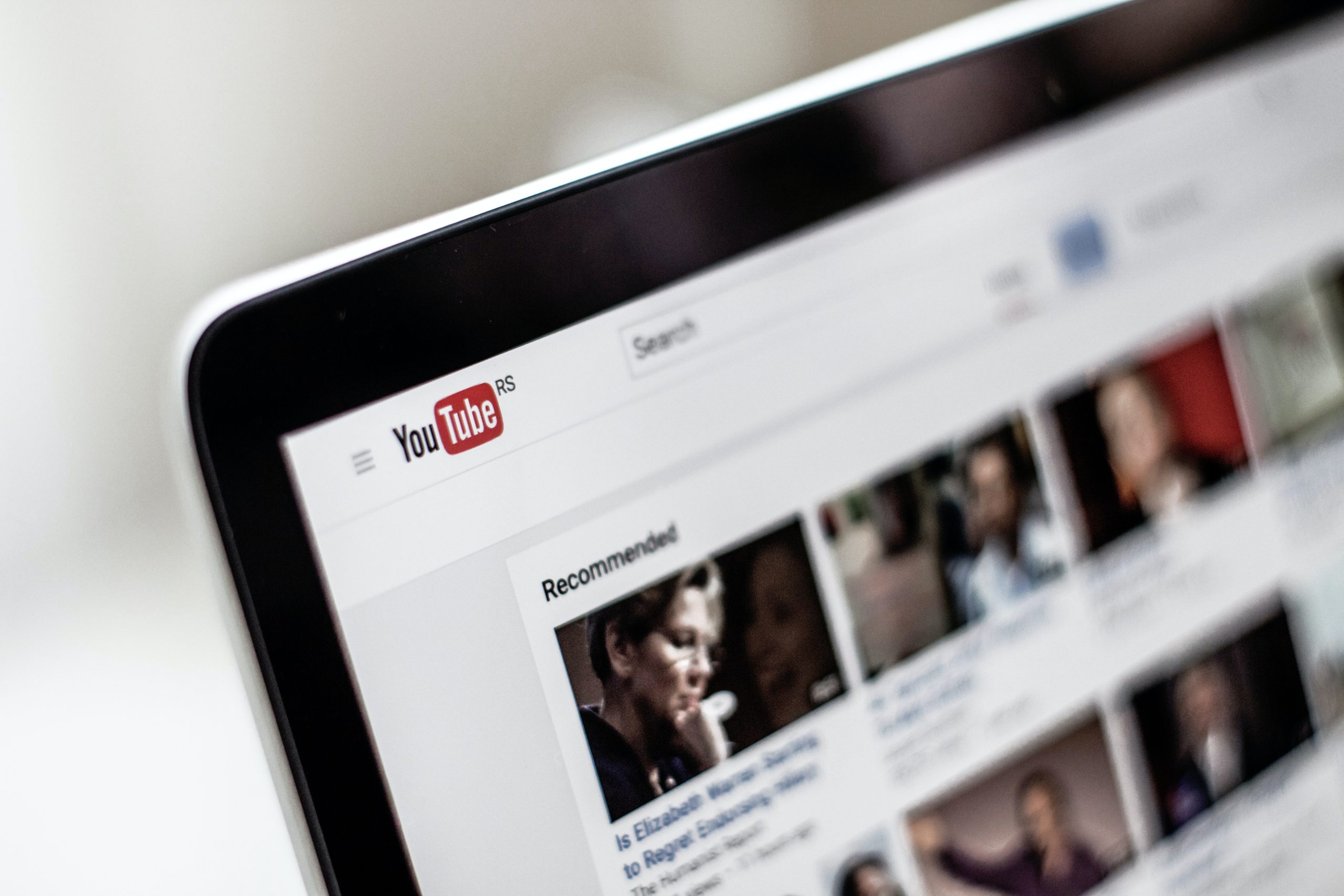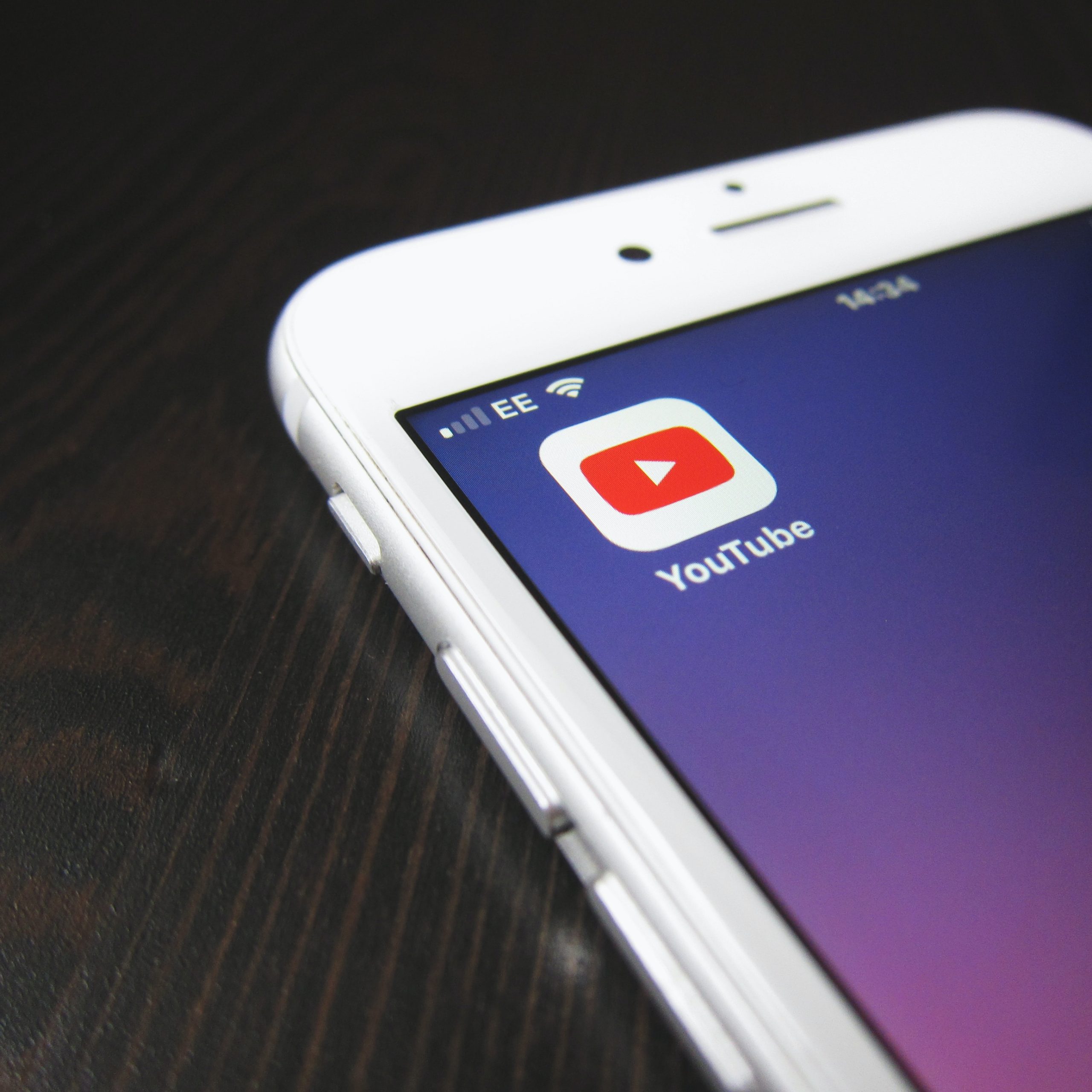Do you ever feel like YouTube knows you better than you know yourself? With its uncanny ability to recommend videos that align perfectly with your interests, it’s no wonder we spend hours lost in a never-ending stream of content. But what if I told you that this seemingly magical recommendation system is not as foolproof as it appears? Behind the scenes, there lies a broken algorithm responsible for shaping our online experiences. In this article, we dive deep into the world of YouTube recommendations, unraveling the flaws and offering solutions to fix this issue once and for all.
The Problem with YouTube Recommendations
One of the biggest problems with YouTube recommendations is their tendency to become an echo chamber. Often, when you watch one video on a particular topic, the recommendation algorithm will flood your feed with similar videos. This can lead to a narrow and biased understanding of various issues as it limits exposure to diverse opinions and perspectives. In essence, YouTube can unintentionally trap users in a bubble where they are only exposed to content that reinforces their existing beliefs and viewpoints.
Another issue with YouTube recommendations is their over-reliance on engagement metrics such as likes and views. While these metrics may indicate popularity, they do not necessarily reflect the quality or accuracy of the content. As a result, videos that provoke strong emotional reactions or controversial content tend to receive more visibility through recommendations, often at the expense of more informative and balanced videos. This prioritization of clicks and views over credibility can contribute to misinformation spreading rapidly on the platform.
To address this problem, YouTube could consider implementing changes that prioritize diversity in recommendations. This could be done by intentionally introducing content from different perspectives or ensuring that users are exposed to a broader range of topics even within their specific interests. Additionally, incorporating expert opinion or fact-checking mechanisms into recommendation algorithms could help promote reliable information while mitigating the spread of misinformation on the platform. By taking these steps towards improving its recommendation system, YouTube has an opportunity to foster critical thinking among viewers and truly enhance their overall user experience
 Understanding the Algorithm: How It Works
Understanding the Algorithm: How It Works
The YouTube recommendation algorithm lies at the heart of the platform’s success and controversy. It uses a combination of user data, browsing history, and engagement to suggest videos that users are likely to enjoy. However, it is not without flaws. Many users have complained about being stuck in an echo chamber or being served repetitive content on their homepages.
To understand how the algorithm works and address these concerns, we must acknowledge its complexity. There isn’t just one algorithm governing all recommendations; rather, there are multiple layers working together. Factors like watch time, likes, dislikes, comments, subscribers, and video sharing all influence what gets recommended to individual viewers. Furthermore, external factors like trends and current events can also impact what shows up in your suggestions.
While YouTube has made efforts to improve transparency by allowing users to customize their recommendations and providing control over specific video suggestions or channels they’re not interested in anymore—known as Don’t Recommend Channel— there’s still room for improvement. To truly fix the issue of broken recommendations on YouTube requires striking a delicate balance between serving engaging content tailored to individual tastes while also promoting diversity within our online experience.
Understanding the inner workings of algorithms can help us make more informed decisions as platform users while holding tech companies accountable for creating healthy online environments that foster learning and diversity of thought. By continuously questioning and reassessing how these algorithms serve us as viewers, we move closer towards fixing broken systems and shaping a better digital future for all.
The Negative Effects of Broken Recommendations
One of the negative effects of broken recommendations on YouTube is the creation of echo chambers. When the recommendation algorithm only suggests videos that align with a user’s existing viewpoints and interests, it limits exposure to diverse perspectives. This can lead to an information bubble where users are only exposed to content that confirms their own biases, reinforcing existing beliefs and preventing the exploration of new ideas.
Another detrimental effect is the potential for radicalization. The algorithm’s focus on engagement metrics, such as watch time and click-through rates, often leads to an emphasis on sensationalized or controversial content. This can inadvertently push viewers towards more extreme ideologies as they are constantly fed divisive content that captures their attention. For instance, someone innocently clicking on a video about healthy eating habits might see recommendations for fringe dieting communities or conspiracy theories related to food industry practices.
Ultimately, broken recommendations not only limit exposure to diverse viewpoints but also have potential implications for society at large by facilitating the spread of extremist beliefs and polarizing individuals further. To address this issue, changes must be made in how recommendation algorithms function in order to prioritize presenting a variety of quality content rather than prioritizing watch time or consistent engagement.
 Possible Solutions: User Feedback and Transparency
Possible Solutions: User Feedback and Transparency
User feedback and transparency are key elements in addressing the issue of broken YouTube recommendations. By actively seeking feedback from users, YouTube can gain valuable insights into the flaws and shortcomings of their recommendation algorithm. This can be done through surveys, user studies, or even by creating a feedback channel specifically dedicated to gathering recommendations-related problems.
In addition to user feedback, transparency is crucial in building trust with the audience. YouTube should provide clear explanations on how their recommendation algorithm works and what factors influence the content shown to users. This transparency will allow users to understand why particular videos are being recommended and enable them to make informed decisions about their viewing preferences.
Furthermore, empowering users with greater control over their recommendations could be a potential solution. Allowing users to customize and fine-tune their recommendations based on their interests and preferences would not only improve the accuracy of suggestions but also enhance overall user satisfaction.
With user feedback as an invaluable resource for improvement and increased transparency leading to better understanding between YouTube and its audience, combined with giving users more control over suggested content; these solutions can significantly address the issue of broken YouTube recommendations while fostering a healthy user experience on the platform.
Implementing Changes: Challenges and Potential Benefits
Implementing changes, especially when it comes to addressing an issue like broken YouTube recommendations, can be a daunting task. One of the biggest challenges lies in determining the root cause of the problem and finding effective solutions. It requires thorough research, data analysis, and collaboration among multiple teams within YouTube’s infrastructure. However, despite the difficulties involved in implementing changes, there are several potential benefits that make this endeavor worthwhile.
One possible benefit is enhanced user satisfaction. By fixing broken YouTube recommendations and providing users with more relevant content suggestions, their overall experience on the platform can significantly improve. This means happier users who spend more time watching videos, engaging with creators, and generating ad revenue for YouTube. Additionally, by implementing changes targeted at preventing broken recommendations from occurring in the first place, trust in the platform can be restored among users who may have been frustrated with irrelevant or repetitive suggestions.
Another potential benefit stems from addressing concerns surrounding misinformation and inappropriate content that might appear in YouTube recommendations. Implementing changes that prioritize accurate information and filter out harmful or misleading content not only ensures a safer online environment but also promotes responsible use of the platform for both viewers and creators alike. Through better algorithms and stricter moderation policies, YouTube can regain credibility as a reliable source of quality video content while minimizing risks associated with false information spreading through recommendation systems.
 Conclusion: A Better YouTube Experience for All
Conclusion: A Better YouTube Experience for All
In conclusion, it is evident that the current state of YouTube recommendations is broken and in need of improvement. While the algorithm does its best to tailor content to individual preferences, it often fails to prioritize quality and accuracy. To fix this issue, YouTube should invest more resources into refining its algorithm by incorporating user feedback and improving its content moderation practices.
One potential solution could be enhanced user controls and customization options for recommendations. This would allow users to have a more active role in curating their own YouTube experience, ensuring they only see relevant and high-quality content. Additionally, YouTube can work on building a more transparent system that provides clear explanations for why a particular video or channel was recommended.
However, it’s not just up to YouTube alone. As viewers, we need to be proactive in filtering out misleading or low-quality videos by reporting them and supporting creators who produce valuable content. By working together, we can create a better YouTube experience for all – one that promotes informative and insightful videos while minimizing the spread of harmful material. Ultimately, with concerted efforts from both platforms and users alike, we can restore trust in YouTube’s recommendation system and enjoy an improved viewing experience.



